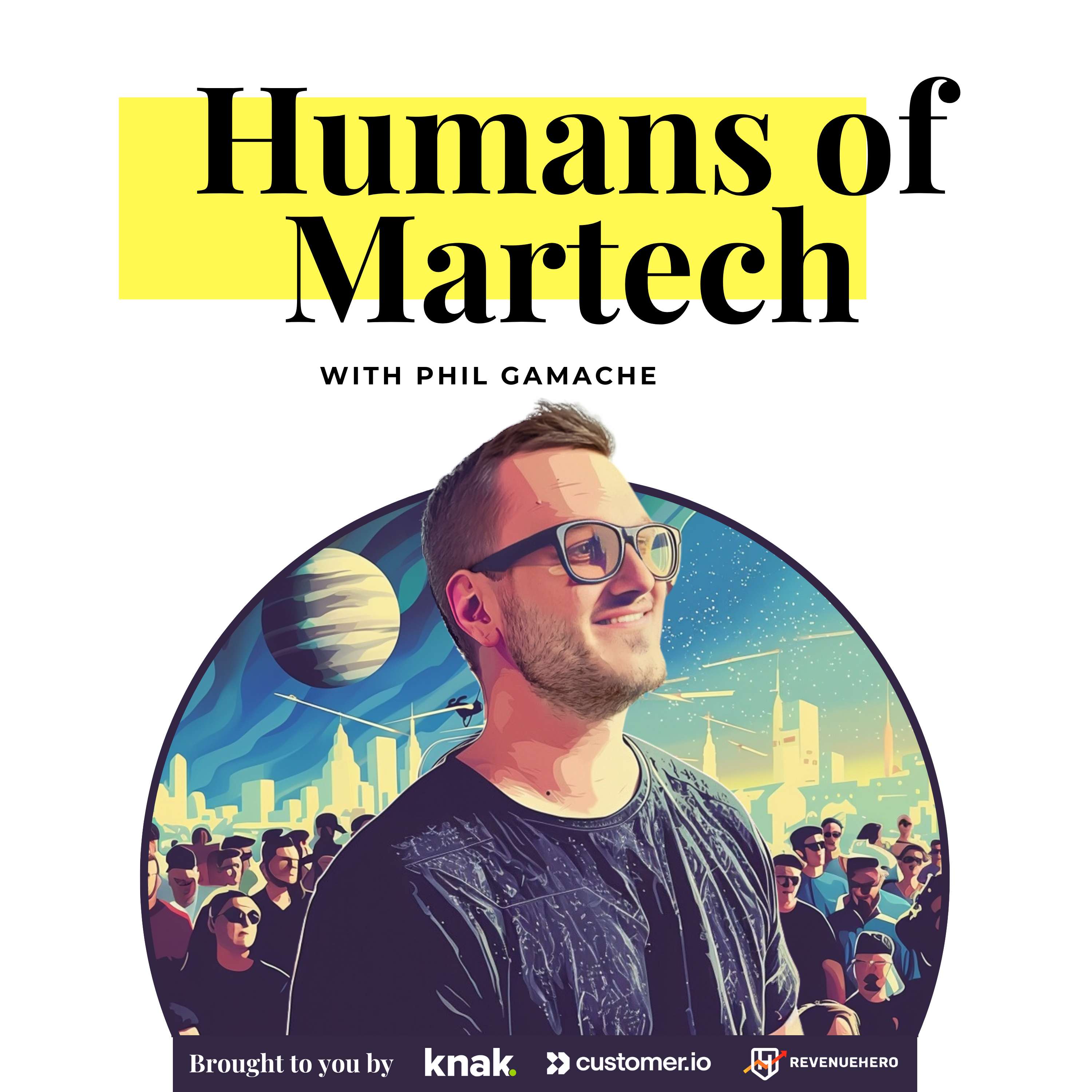133: Simon Heaton: Buffer’s Director of Growth Marketing on agile sprints, holdout testing and why a CRM or GA4 isn't in their tech stack
Description
What’s up everyone, today we have the pleasure of sitting down with Simon Heaton, Director of Growth Marketing at Buffer.
Summary: Simon helps us explore Buffer's martech journey, highlighting their shift from traditional tools to a product-led approach driven by data and server-side analytics. We unpack their use of Customer.io for automation and hold out testing, Redash for data insights, and their agile sprint model that fosters continuous innovation. Discover how Buffer's small team thrives with efficient, data-driven strategies.
About Simon
Simon started his career in the agency world at Banfield in Ottawa, CanadaHe later moved over to Shopify where he would spend nearly 7 years, first as a content Marketing Manager and later as the Senior Growth Lead, AcquisitionSimon’s also worn a part-time teaching hat for over 5 years, he was an Instructor with Telfer School of Management at UofO as well as a Professor at Algonquin CollegeHe’s a startup mentor for founders that are part of the Singapore-based equity fund at AntlerToday Simon is Director of Growth Marketing at Buffer, the world-renowned social media management platformBuffer’s Marketing Tech Stack and Why it Doesn’t Include a CRM
Buffer’s marketing strategy is unique. They don’t use a traditional CRM like HubSpot or Salesforce. Simon explains that Buffer is a product-led company without a dedicated sales team. This means they don't need typical CRM functionalities like lead routing and scoring. Instead, Buffer relies heavily on data and product analytics to drive their marketing efforts.
The core of Buffer’s operations is their data warehouse, with Segment acting as their Customer Data Platform (CDP). This setup allows Buffer to integrate various tools and centralize crucial information. Mixpanel, their product analytics tool, is pivotal in this system. It gathers both product usage and marketing data, providing a comprehensive view of user interactions.
Simon highlights the importance of server-side tracking and integrating data from diverse sources such as AdWords, Customer.io, and Pendo. This integration helps Buffer understand the user lifecycle and measure the impact of marketing efforts beyond basic website metrics.
Tools like Customer.io are also essential for Buffer. It manages most user communications, making it a critical component of their stack. The combination of Mixpanel, Customer.io, and other integrated tools ensures that Buffer can seamlessly track and analyze user behavior.
Key takeaway: Not all B2B companies need a CRM or a sales team. A product-led approach, using robust data and product analytics tools, can effectively drive your marketing efforts and provide comprehensive insights into user behavior.
The Power of a Visual and Intuitive Automation Flow Interface
Simon loves working in a smaller team like Buffer, where he can get hands-on with their tools daily. He highlights how Buffer uses Customer.io for their marketing automation, a tool he's familiar with from his previous experience at Shopify. Unlike Shopify, which eventually switched to Salesforce Marketing Cloud for more enterprise-level needs, Buffer continues to thrive with Customer.io.
Buffer relies on Customer.io to manage email marketing, push notifications for mobile apps, and various communication programs. Simon appreciates how the tool handles both marketing and transactional communications, offering a unified view of user interactions. This integration ensures consistency in messages, whether they're marketing emails or product notifications.
Simon praises Customer.io's user-friendly interface, especially the journey mapping functionality and the WYSIWYG editor, which make it accessible for non-technical team members. Despite its ease of use, the platform also boasts deep technical capabilities, allowing for extensive customization through HTML and API integrations. This flexibility has been crucial for Buffer's needs.
The integration with Segment, Buffer's Cus
More Episodes
Published 11/05/24
What’s up everyone, today we have the pleasure of sitting down with Steven Aldrich, Co-CEO and Co-Founder at Ragnarok NYC.
Summary: Like the aftermath of Ragnarök according to Norse mythology, the martech world is emerging stronger, more focused, and ripe with potential. Rather than being...
Published 11/05/24
What’s up everyone, today we have the pleasure of sitting down with Danny Lambert, Director of Marketing Operations at dbt Labs.
Summary: Marketers often feel like they're battling a dragon when it comes to integrating data. We’re overwhelmed by technical jargon, stuck with outdated methods, and...
Published 10/29/24


